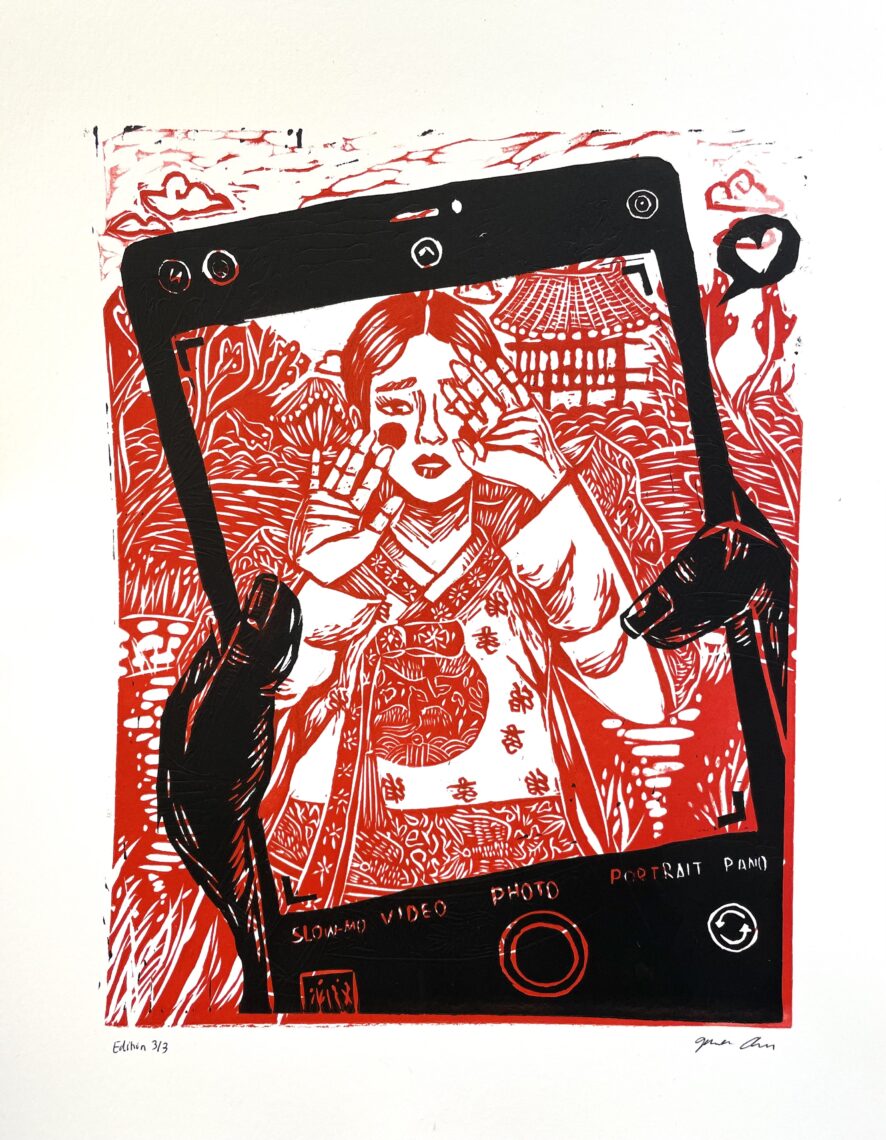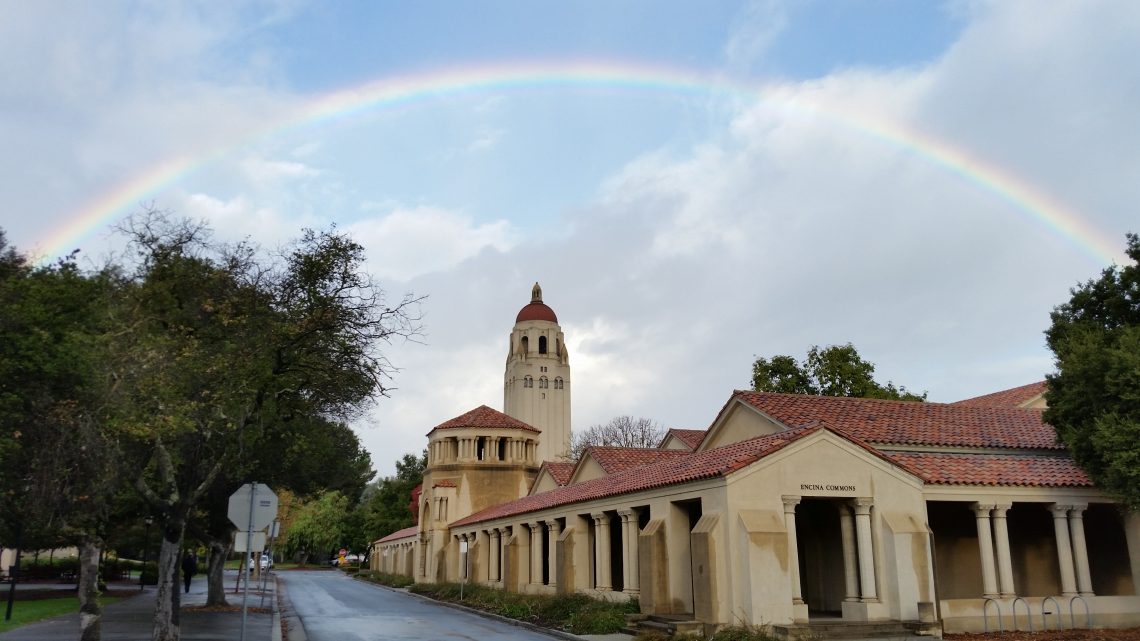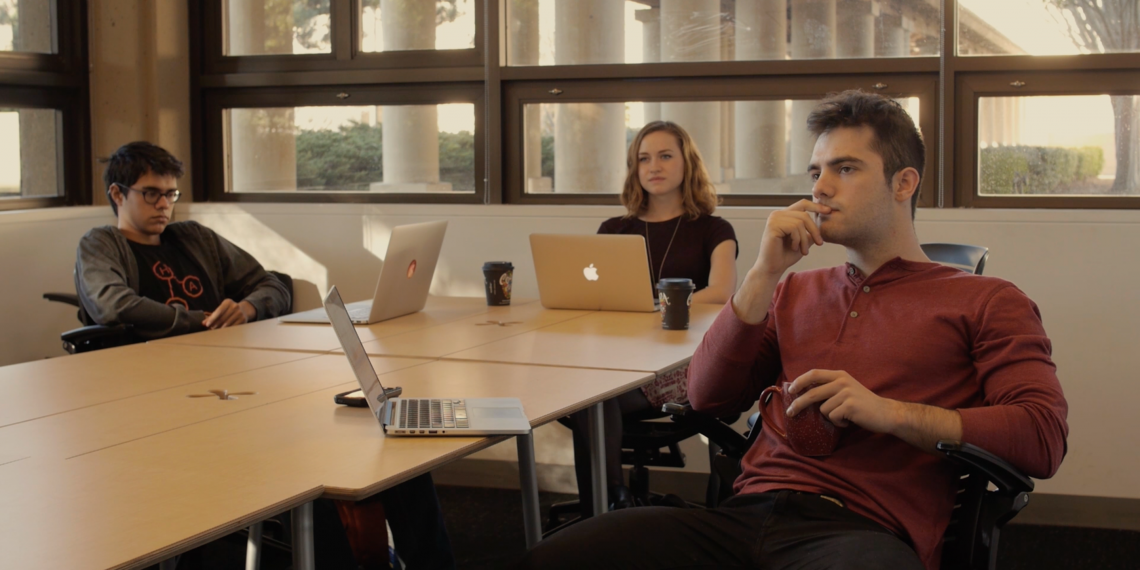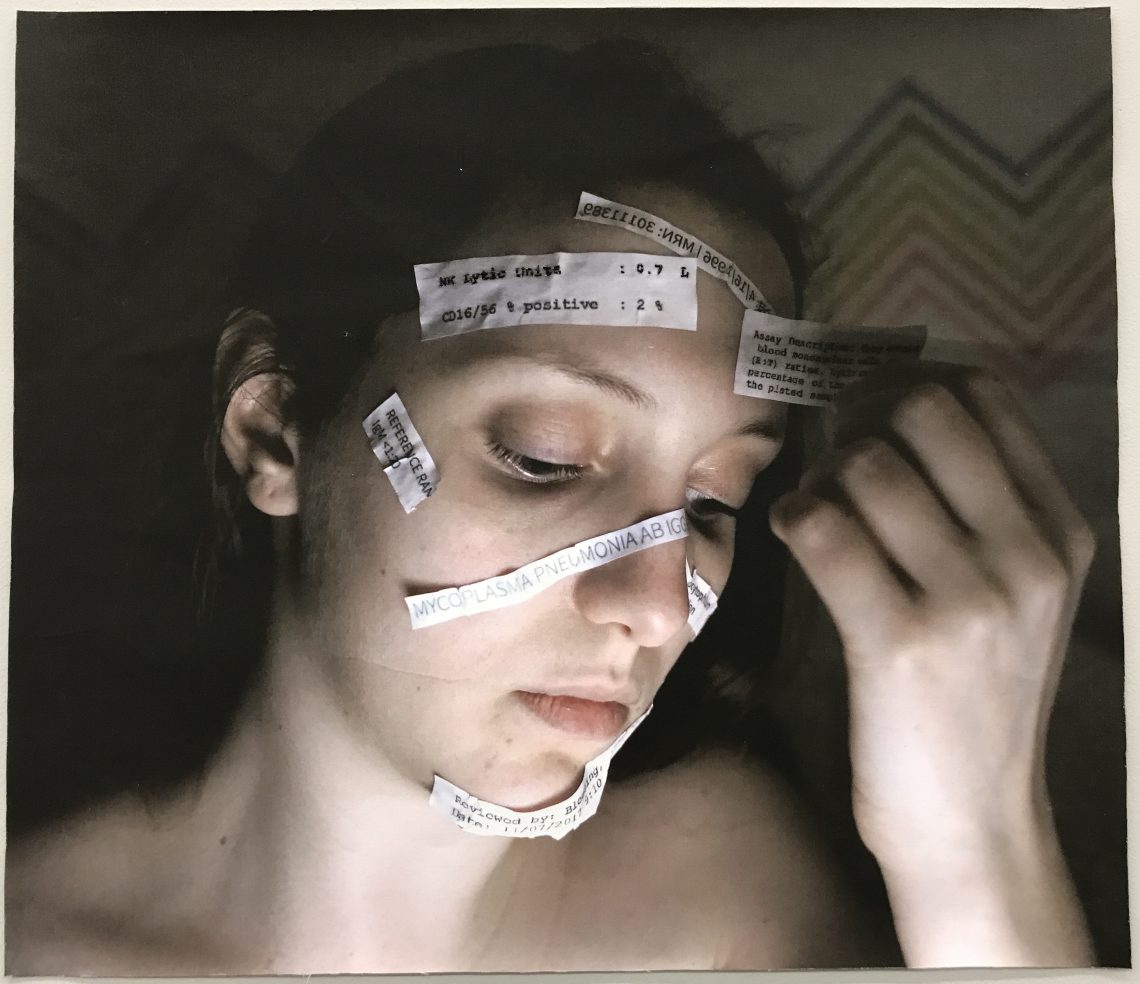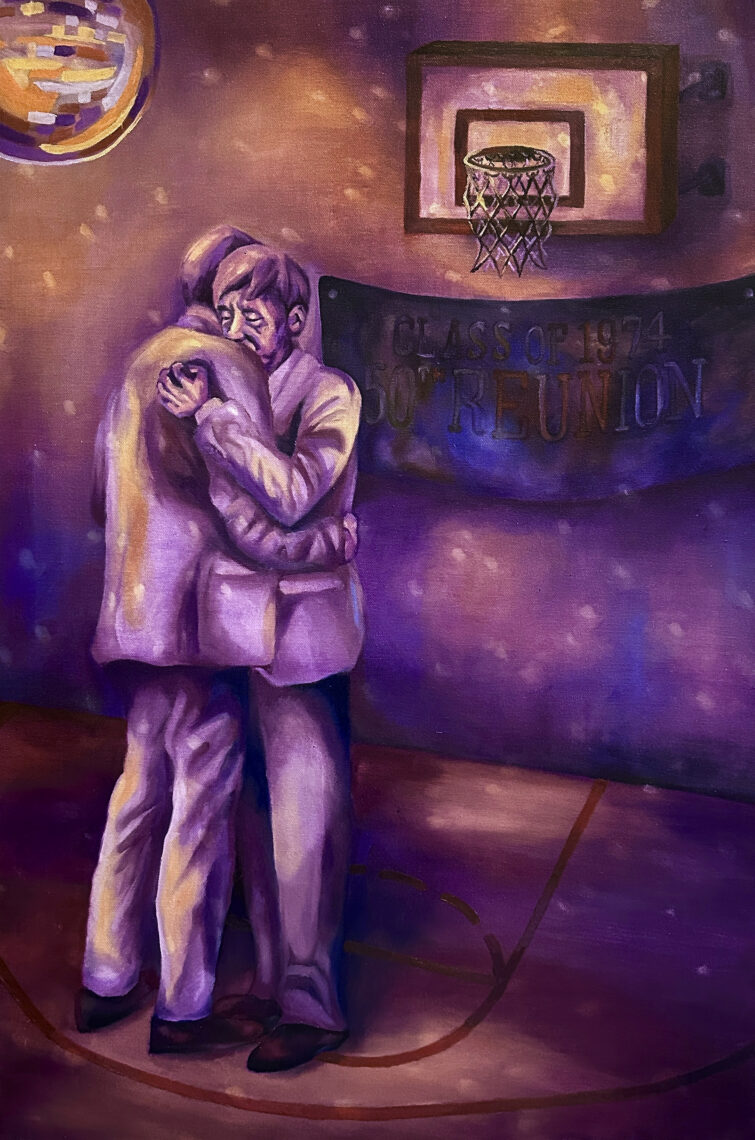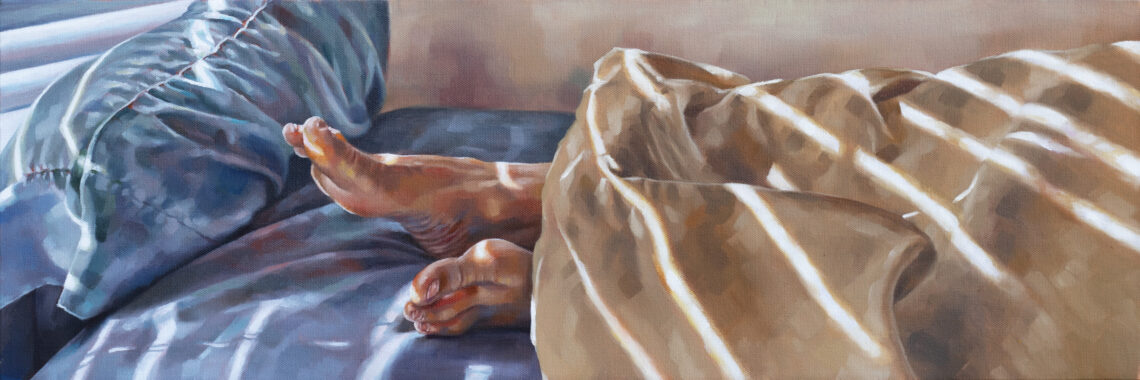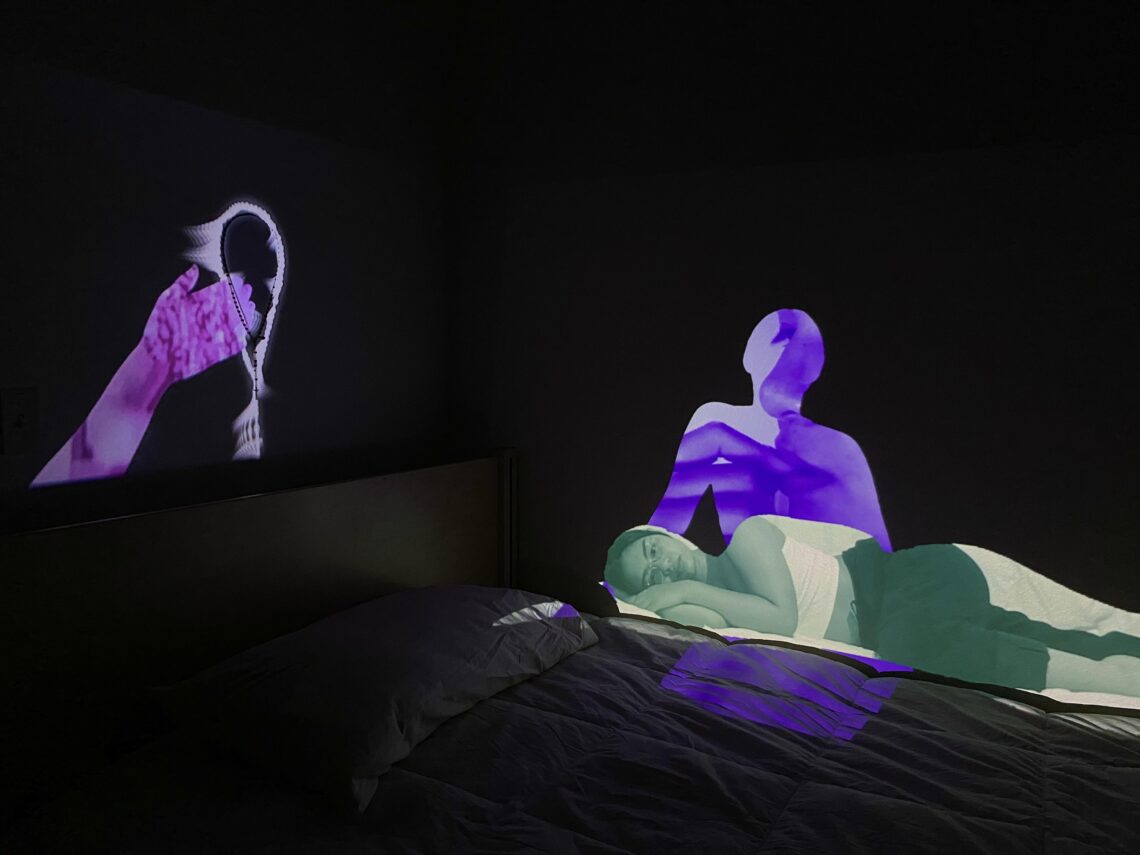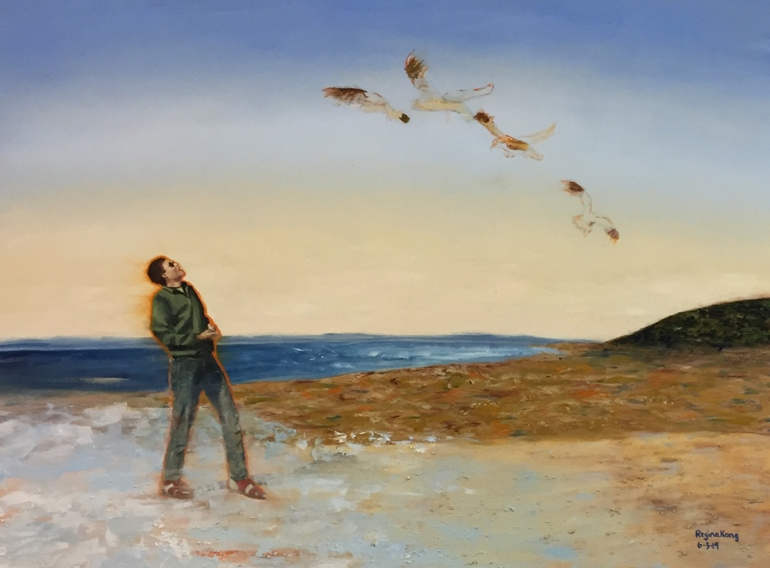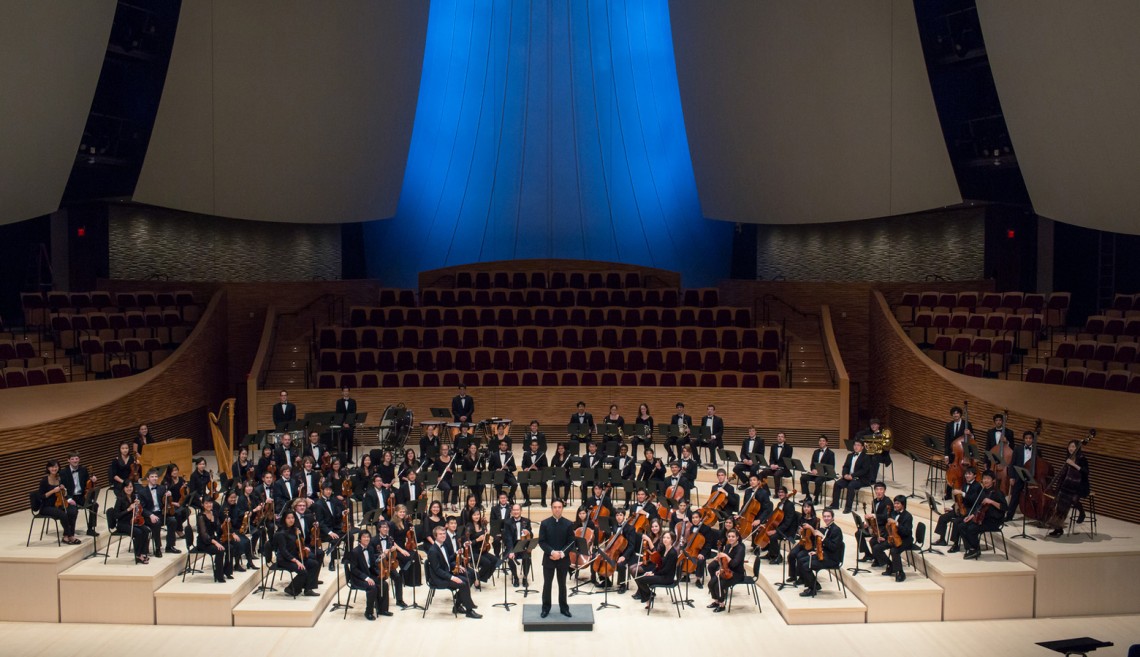
Mark & Tracy Photography
Students from across campus bring Beethoven to Bing
With Beethoven as their muse, students in the Stanford Symphony Orchestra and Stanford Philharmonia Orchestra will usher in a new era of performance at the Bing Concert Hall.
Alessandra Aquilanti is a fourth year PhD student in Italian whose thesis explores the humorist authors and magazines of fascist Italy. This is her fourth year as principal of the viola section of the Stanford Symphony Orchestra and she also plays in the Stanford Philharmonia Orchestra.
Student musicians representing nearly every academic major will perform Beethoven’s monumental Fifth Symphony and Fifth Piano Concerto in Stanford’s new Bing Concert Hall on Jan. 18.
The performance is the first event in an ambitious concert series dedicated entirely to Beethoven.
Between January and June, the Stanford Symphony Orchestra (SSO) and Stanford Philharmonia Orchestra (SPO) will play all nine Beethoven symphonies and five piano concerti for audiences at Bing with acclaimed pianist and Stanford alum Jon Nakamatsu.
The performances and lectures are part of a multifaceted educational initiative called the Beethoven Project, which includes courses, exhibits and symposia that focus on the life and works of the composer.
Students are involved in a variety of ways: as members of the performing groups, as students attending the concerts and taking the classes and as graduate students hosting pre-concert talks and writing introductory materials.
The idea for the project came about as Jindong Cai, the director of orchestral studies, pondered how to pay tribute to Stanford’s newly erected, state-of-the-art facility.

Mark & Tracy Photgography
“For Professor Cai, growing up during China’s Cultural Revolution, listening to a Beethoven symphony meant opening a window to a whole new world: the world of Western art music,” said Anna Wittstruck, the assistant conductor of SSO, a doctoral candidate in musicology and a cellist.
With its “universal appeal, historiographical import and symbolic representation of humanity,” Beethoven’s music “strikes a resonant chord for audiences and performers alike,” Wittstruck said.
Stephen Hinton, a professor of music and director of the Stanford Arts Institute, said that he hopes “the integration of concerts and curriculum will set a precedent for further such projects.”
Beethoven’s nine symphonies, spanning a quarter century and almost half of the composer’s lifetime, constitute one of the greatest cycles of symphonies ever written. Stanford musicians agree that the musical and educational scope of the Beethoven Project gives them an unprecedented opportunity to explore Beethoven’s work.
Danielle Collado, a violist with a human biology major and a music minor, notes that the Beethoven Project gives the orchestra members rare insight into Beethoven’s immense influence on symphonic music. “We see how his works progress throughout his lifetime, from the transition out of the classical era into the romantic era,” she said.
The Project will conclude after the 2013 commencement when the SSO and SPO will embark upon a two-week European tour titled “In Beethoven’s Footsteps.” The orchestras will perform their repertoire in Beethoven’s birthplace, Bonn, and go to Vienna where he studied with Joseph Haydn and composed most of his most important works. Additional concerts will take place in Leipzig, Berlin and Prague, where Beethoven spent time composing and performing.
An acoustical gem
The crown jewel of the Beethoven Project is the Bing Concert Hall: an 842-seat vineyard-style performing arts center.
The combination of great acoustics and beautiful architecture is inspiring the student musicians. “Just sitting inside Bing Hall is like being transported physically and musically to another place,” said David Simpson, a postdoctoral fellow in the School of Medicine who plays the French horn.
The orchestras have been rehearsing in Bing since early November. The stellar acoustics are affecting how musicians experience the music they’re playing. “I think the acoustics make it easier to hear the other instruments because I’m hearing counter-melodies that I’d never heard before,” said Collado.
“My favorite moment is the pauses between the final crashing chords of practically every symphony,” said violinist Kristin Chesnutt. “The hall is able to amplify the contrast of the pure silence and the brash fortissimo of the orchestra.”
With the stage nearer to the center of the hall, and the seats arranged in tiers, the hall recalls the sloping terraces of a vineyard, enabling the audience to surround the stage.
“I feel like my playing and expression have a much more direct impact and that the audience becomes an active participant in the performance as opposed to being just a passive listener.” said Andrew Lan, an alumnus of SSO who has returned to the violin section to take part in the Beethoven Project.
The smaller SPO, which will play Beethoven’s earlier symphonies and concerti, will benefit from the large sound-reflecting, convex sails that surround the stage. Adjustable curtains reduce reverberation and allow for greater clarity and a drier sound in Beethoven’s Fifth and Ninth symphonies, which will be performed by SSO.
A multidisciplinary exploration
Numerous cross-campus and community collaborations will complement the symphonic centerpiece of the Beethoven Project, including a master-class series given by Jon Nakamatsu and performances of Beethoven’s middle-period String Quartet No.9 in C Major by the St. Lawrence String Quartet.
A freshman seminar taught by Hinton will use the Beethoven Project concerts as the principal works on the syllabus. Hinton has also coordinated an interdisciplinary Continuing Studies course called “Beethoven: An Introduction through Performance.” Faculty from the Stanford Music Department and William Meredith, the director of the Brilliant Center for Beethoven Studies at San Jose State University, will each teach sessions.
In addition, the Stanford Arts Institute is co-organizing a faculty and graduate student research seminar on enlightenment and revolution, “Heroism in the Age of Beethoven.” The symposium, scheduled for Feb. 22, will culminate in the evening with SSO’s rendition of Beethoven’s Third Symphony, Eroica.
Finally, Stanford’s Music Library is organizing an exhibition of Beethoven-related materials that will be on display in the foyer of Bing and is also launching a website devoted to the composer.
For more news about the humanities at Stanford, visit the Human Experience.







